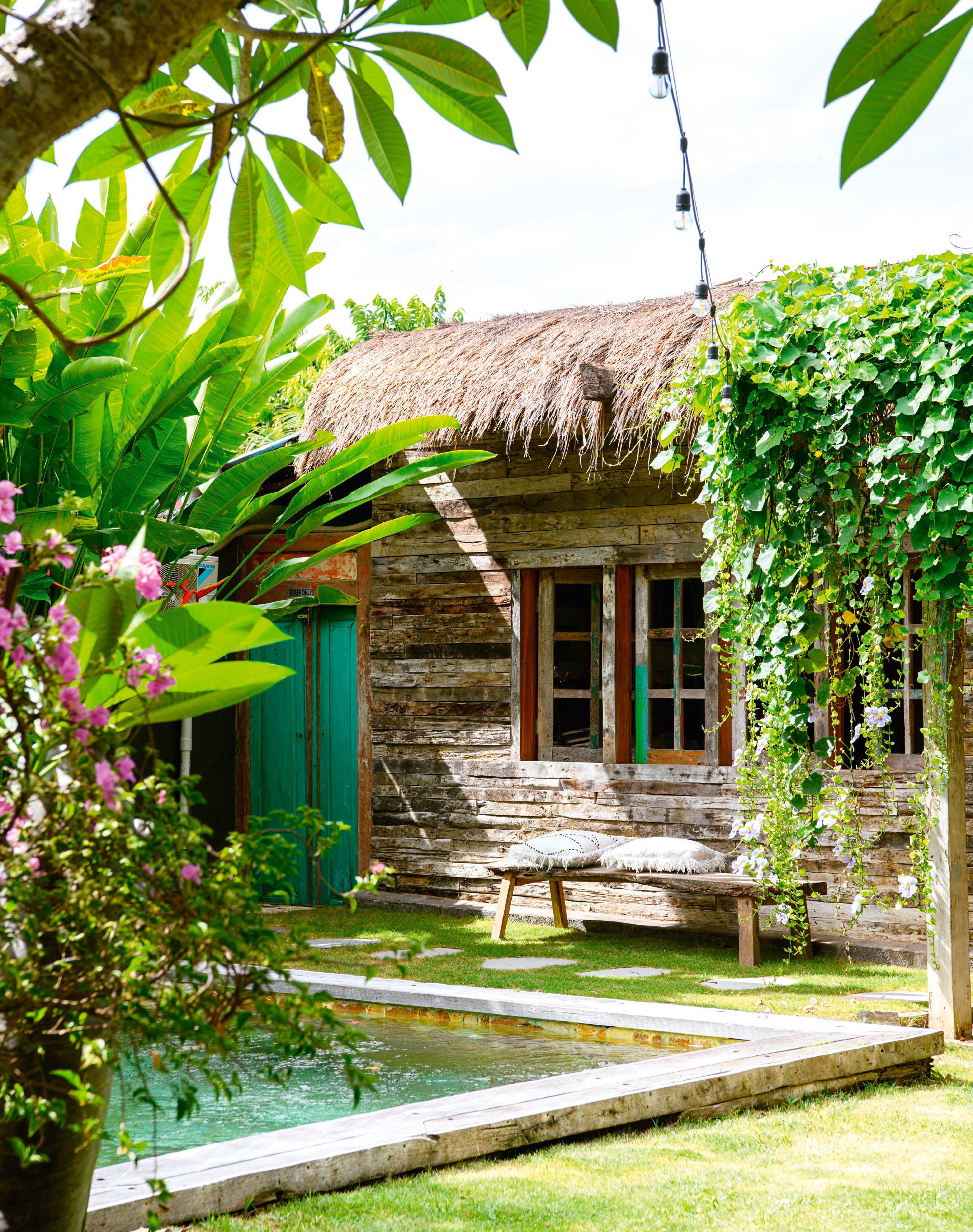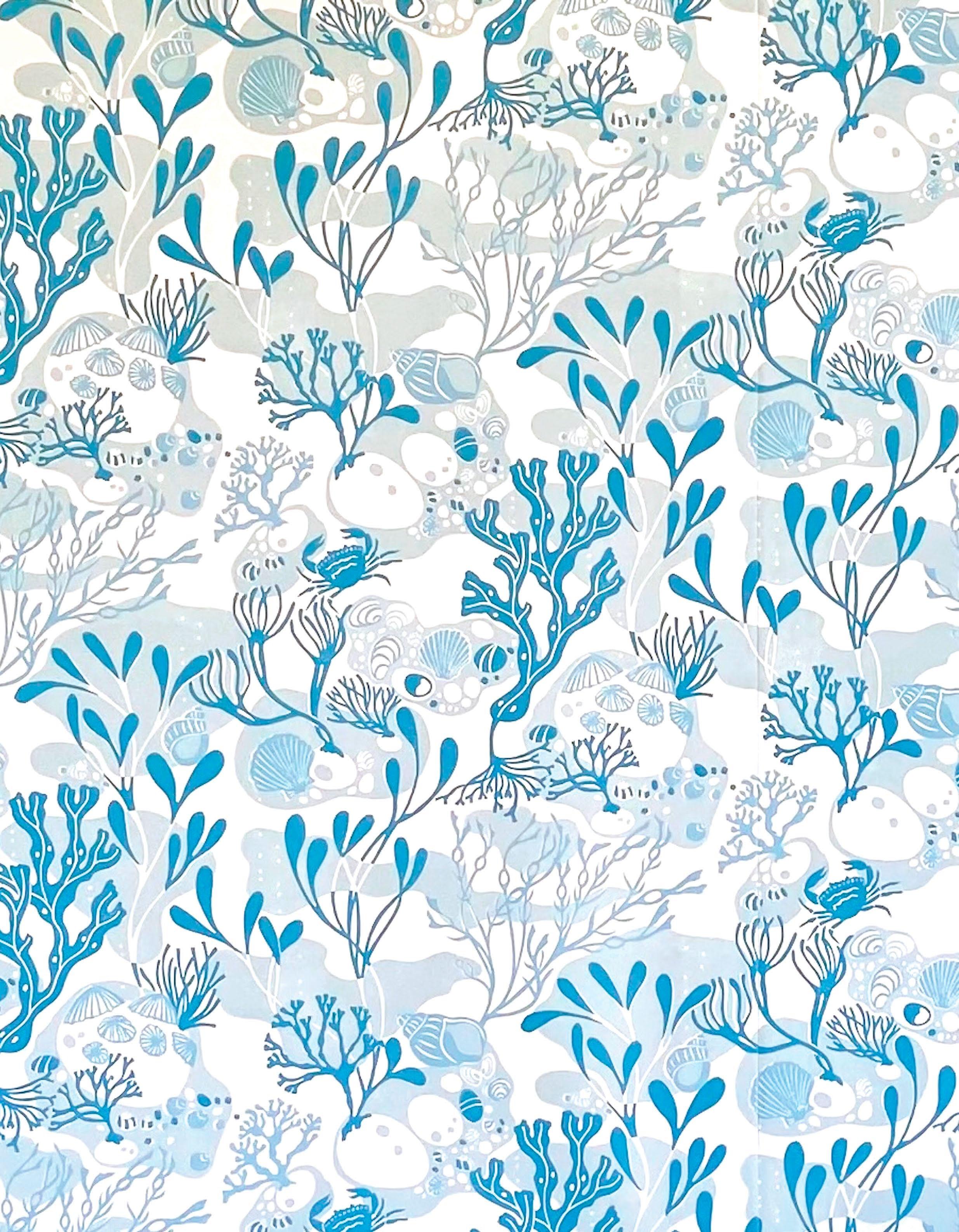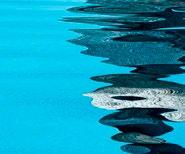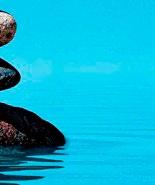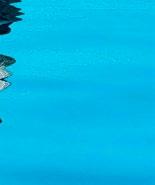
August

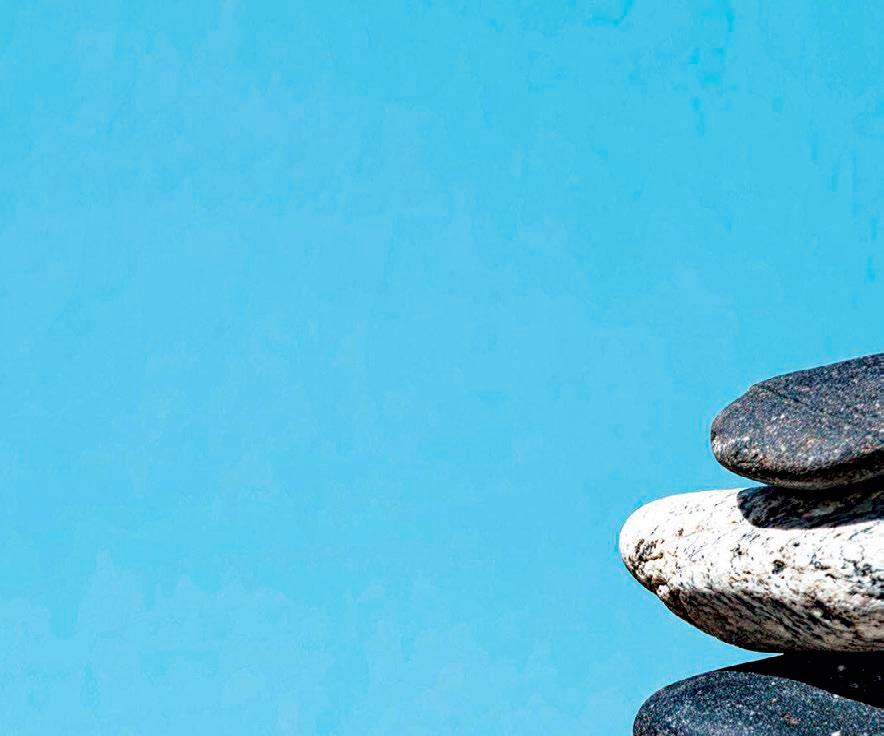
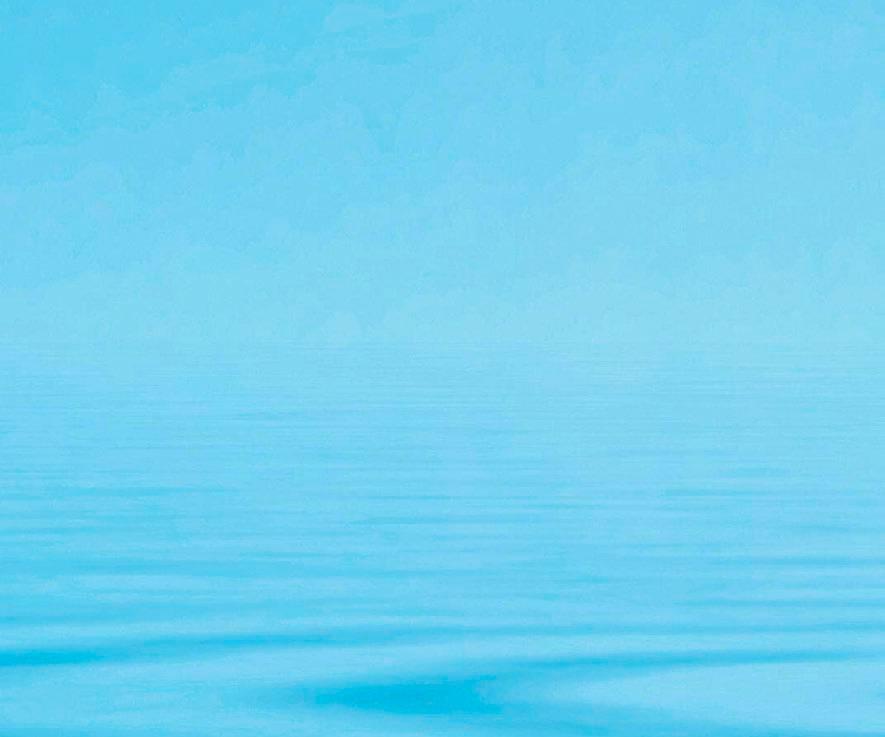
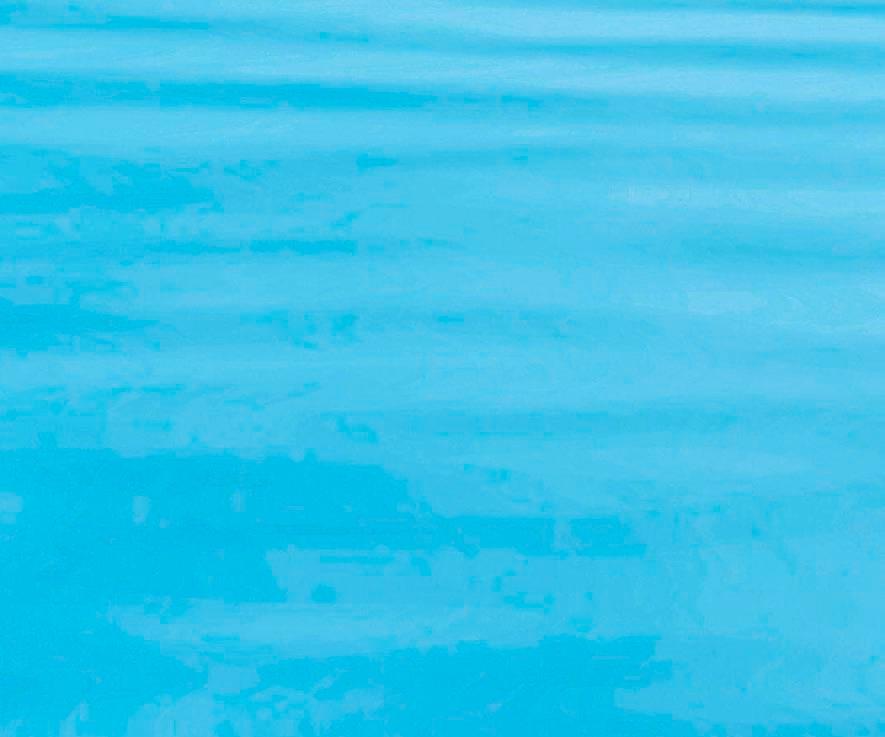
Taking time to live well

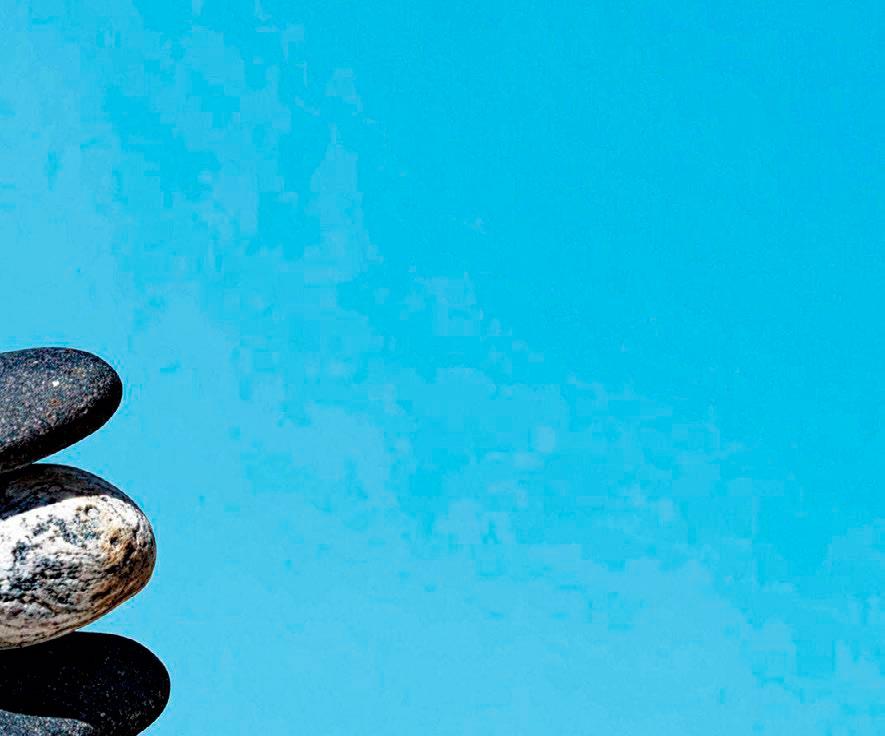
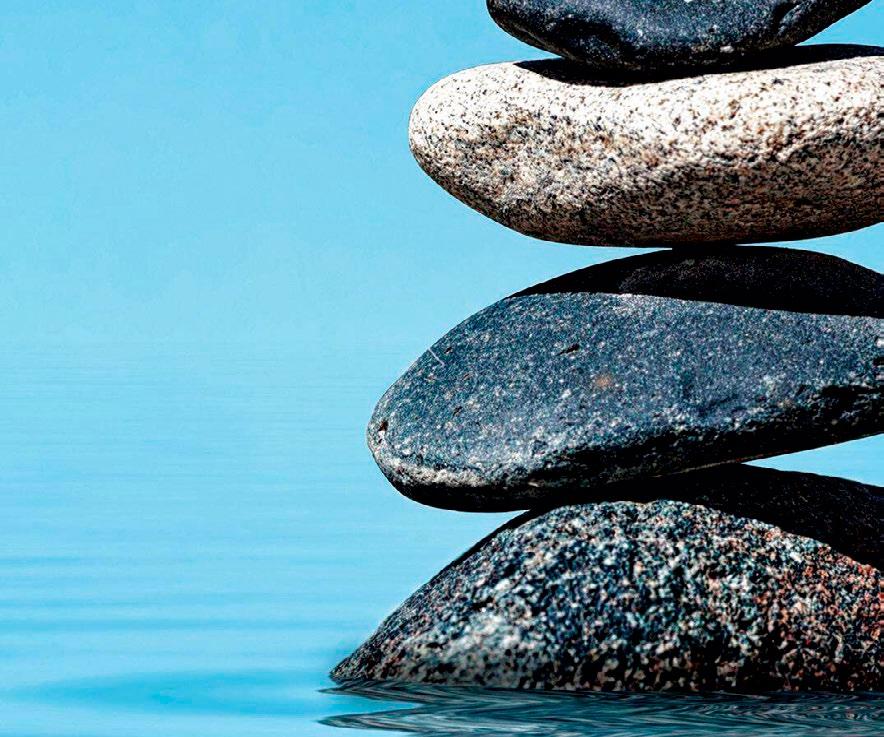
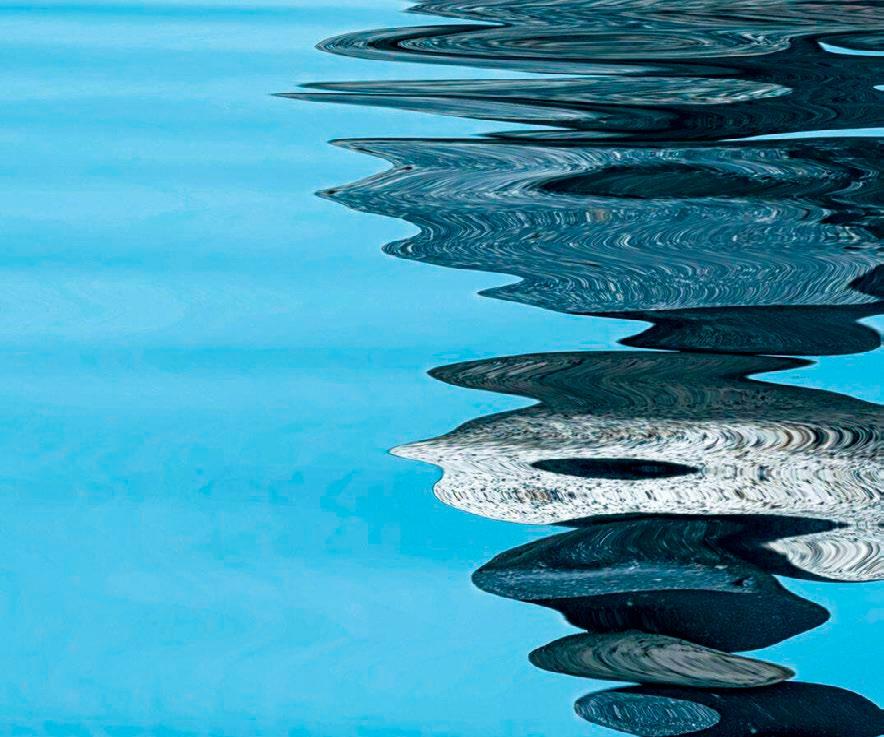


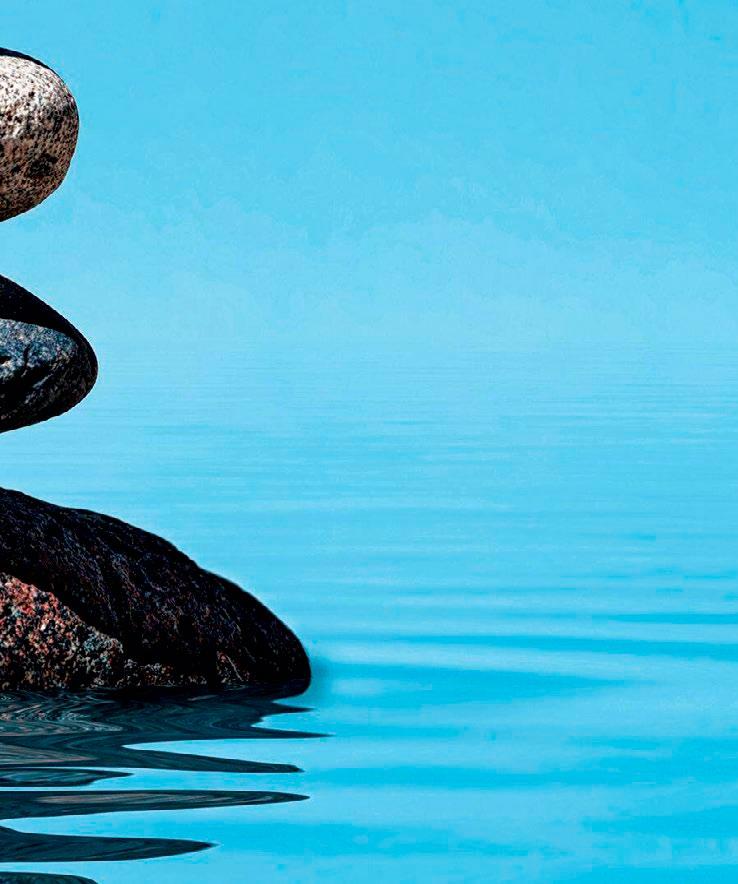

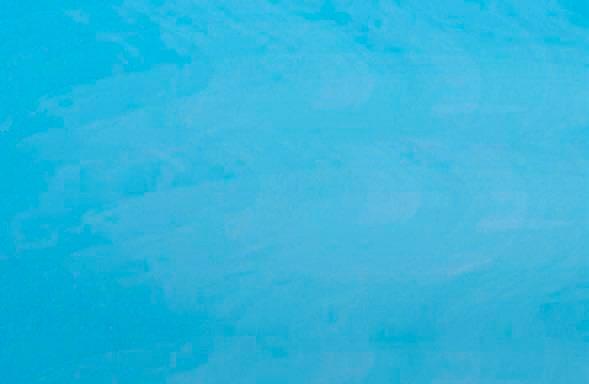

R I P PLE
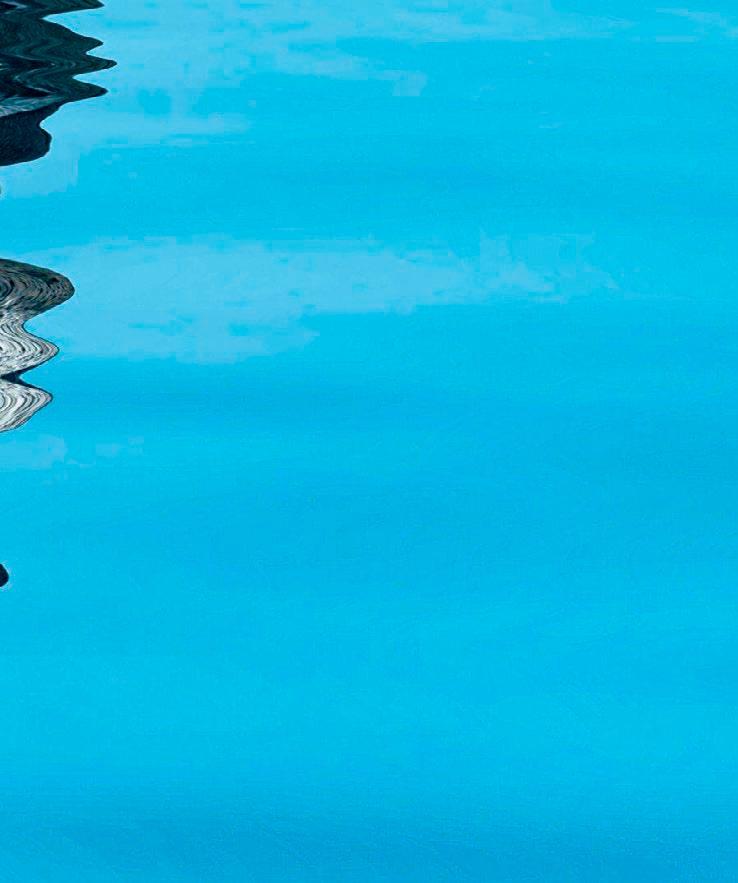


Beach bake brownies & canned peach sorbet • Art from the ocean
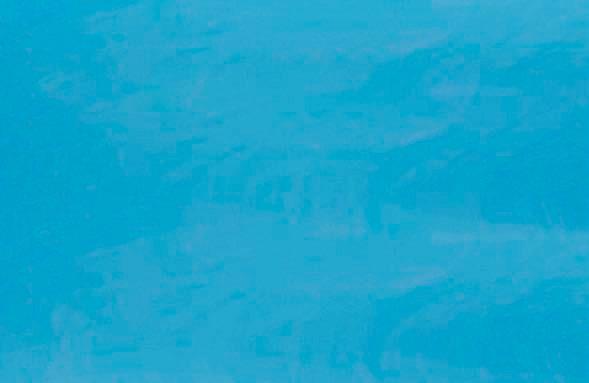

Veg bed posies & fig leaf prints • Good well hunting • Swimwear in brief
Front garden flower farms • How gossip helps • Hibiscus margaritas


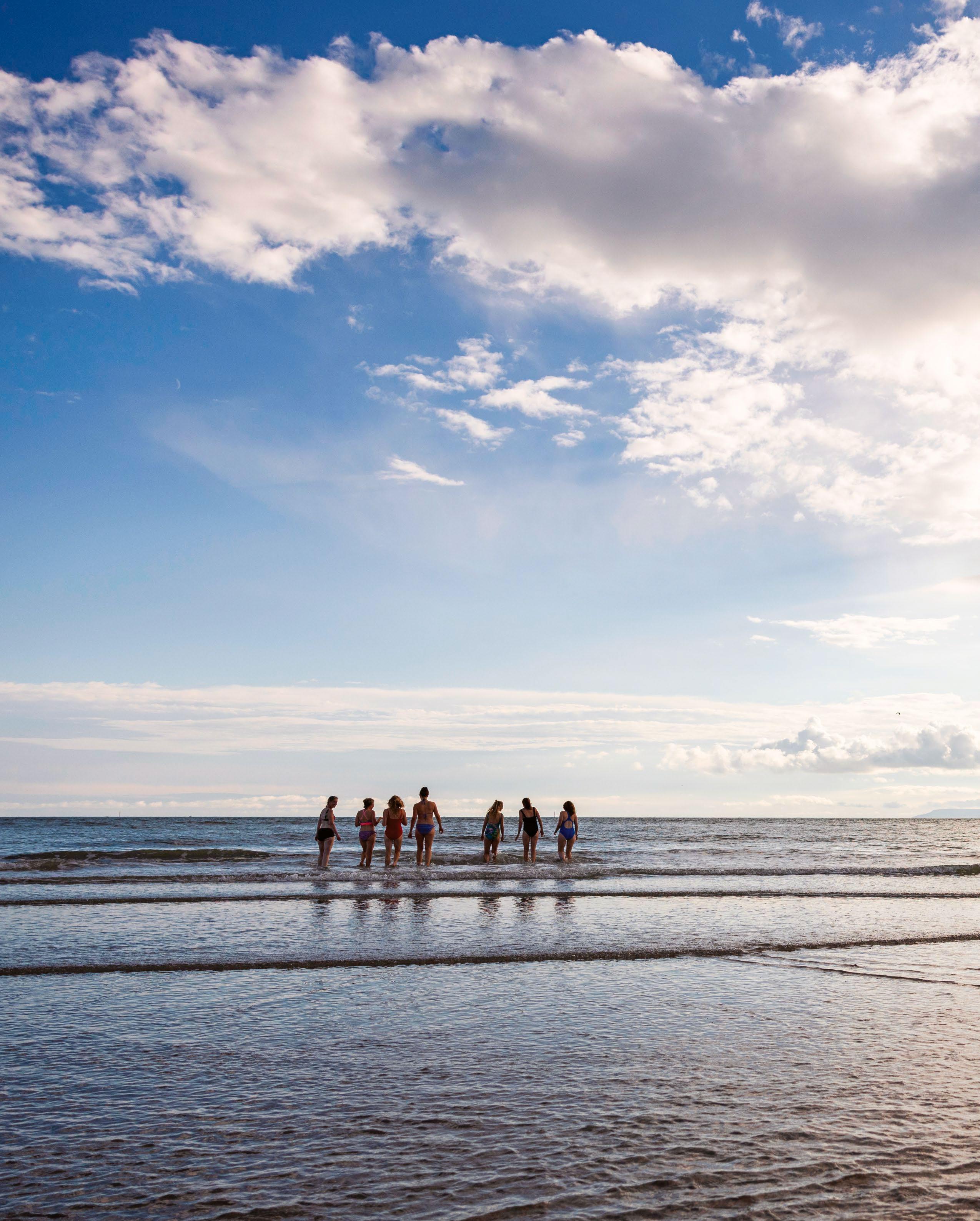


August

















Beach bake brownies & canned peach sorbet • Art from the ocean


Veg bed posies & fig leaf prints • Good well hunting • Swimwear in brief
Front garden flower farms • How gossip helps • Hibiscus margaritas



HEAD DOWN TO THE COAST AS THE DAY WINDS DOWN, FOR A DIP IN THE SEA, FOOD WITH FRIENDS, AND THE BEST VIEW THERE IS…
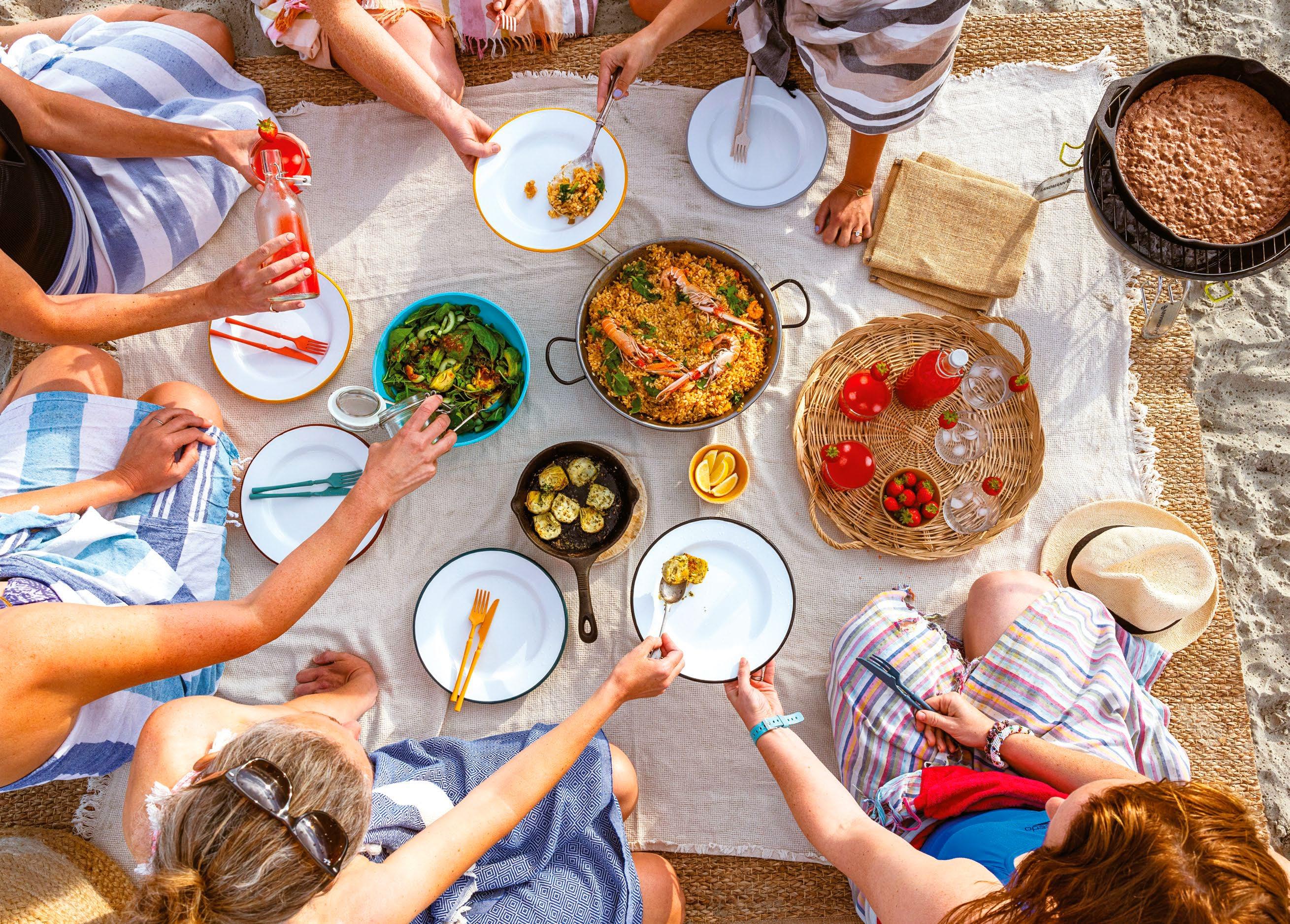
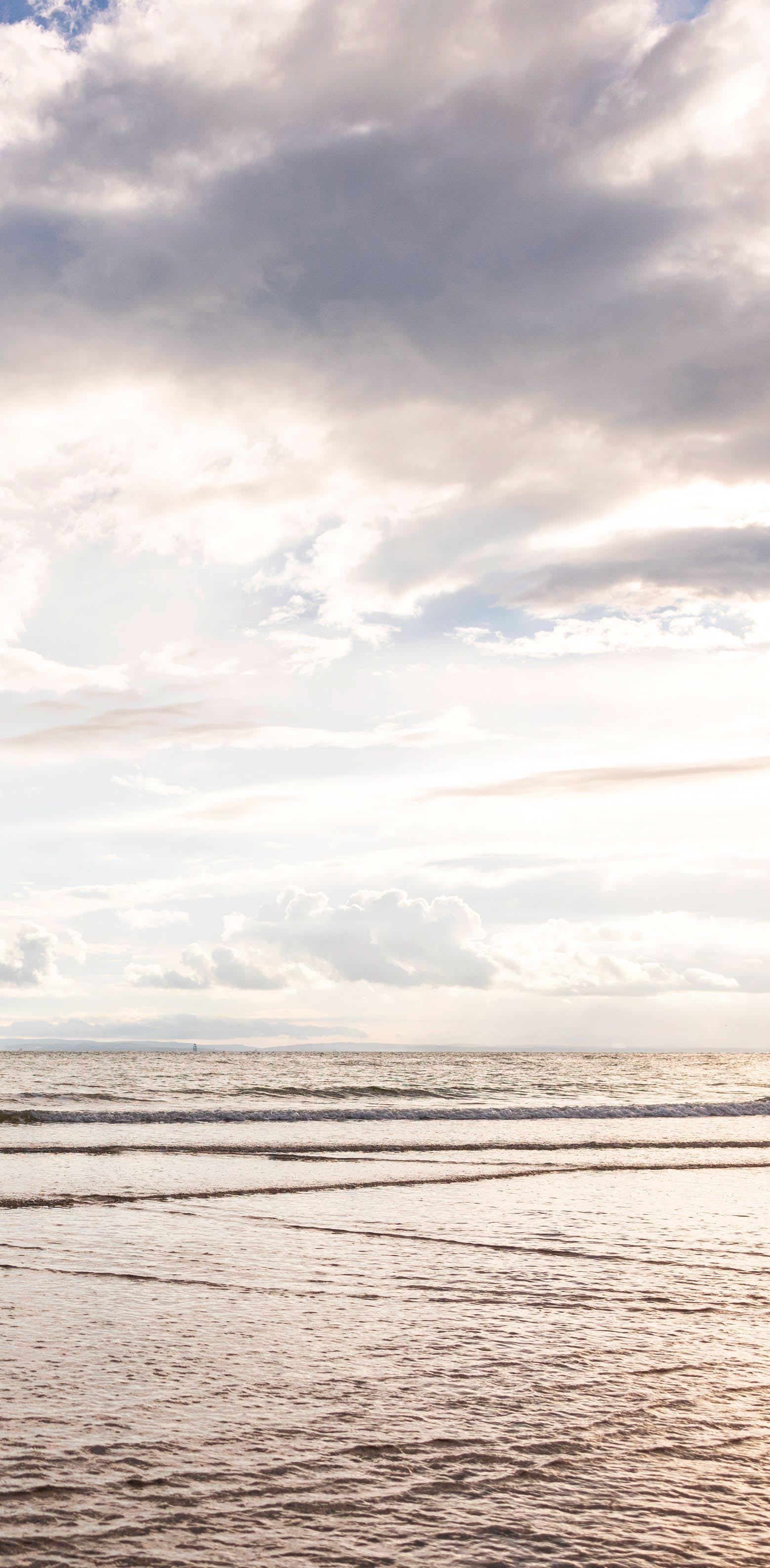
On a summer’s day, put off doing the chores just a little longer and make your way to the beach after work instead… just as others are heading home. Cossies and towels are essential, but bring a barbecue and things to eat and drink, too, and you can stretch out the pleasure long into the evening.
Thermos flasks can be filled with cucumber soup, refreshing cocktails made from fresh fruit and green salad packed into your beach bag, ready to go. Put the barbecue to use grilling artichoke hearts and stirring up a crowd-pleasing paella. You can even cook brownies over the heat, and delight in their gooey goodness. Just be sure to position yourselves in time to savour the spectacular showpiece that is a beach sunset.
As the sun finally dips, head home as it gets dark with salt on your skin, sand in your hair and your heart and belly full. This is what summer evening are made for. »
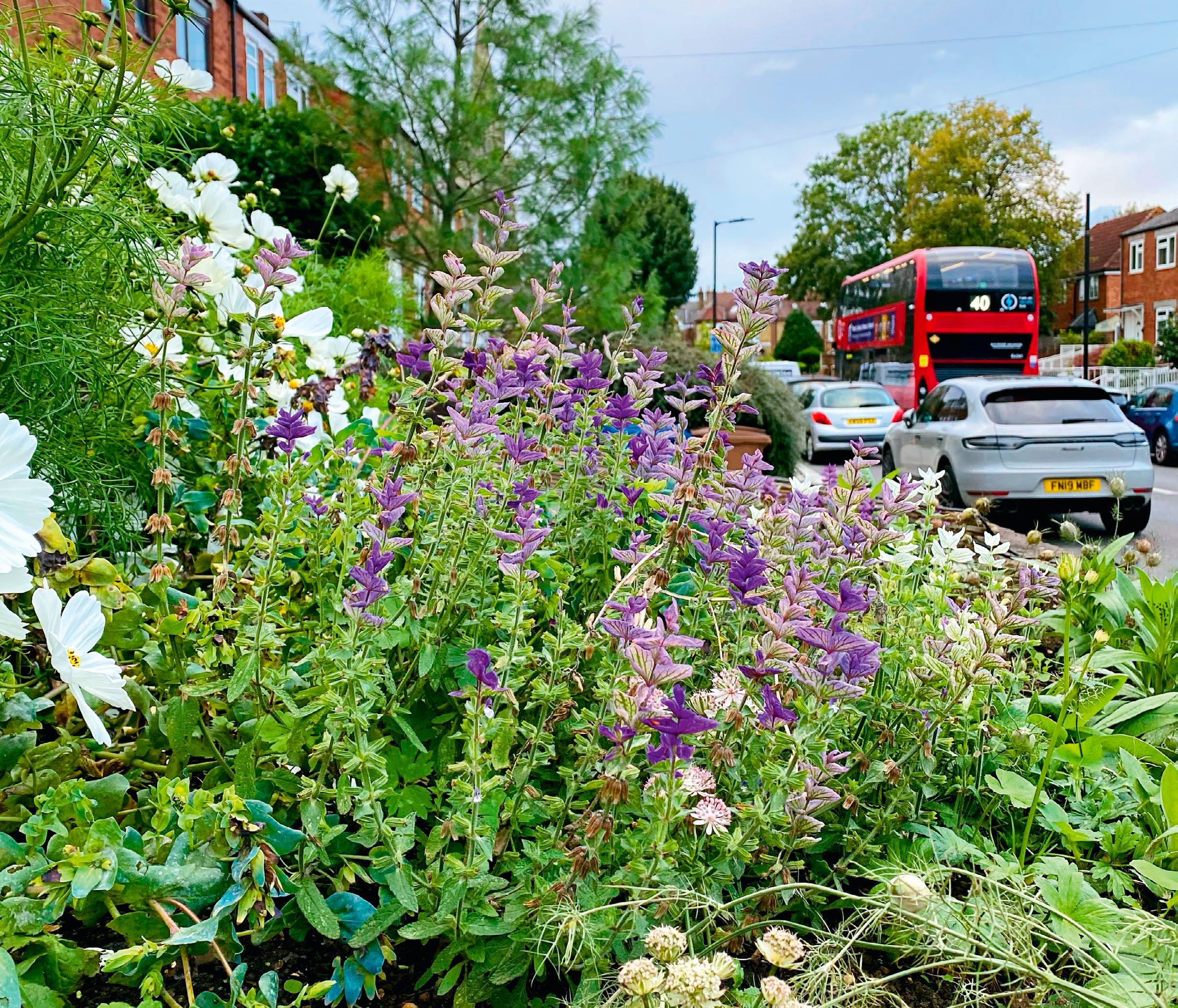
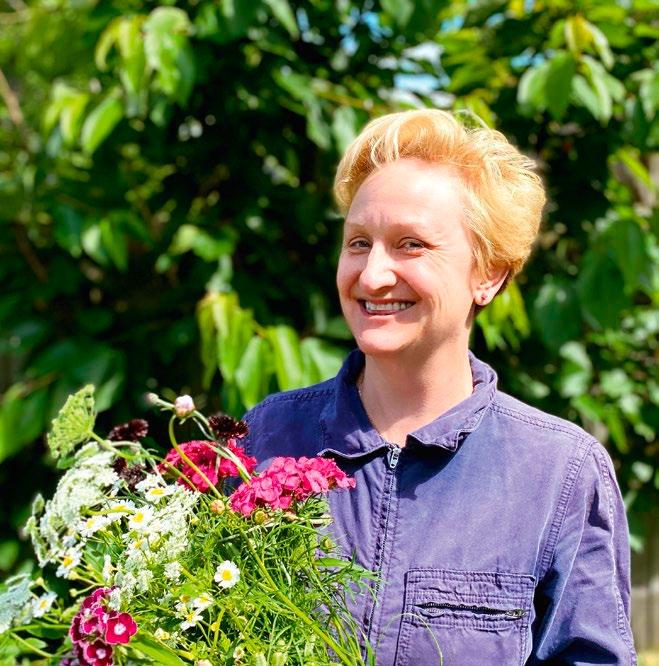

MY PLOT
URBAN FRONT GARDENS ARE OFTEN NEGLECTED, BUT ROS BALL IS GROWING FLOWERS FOR CUTTING AND ARRANGING BY BORROWING THESE UNDER-USED SPACES
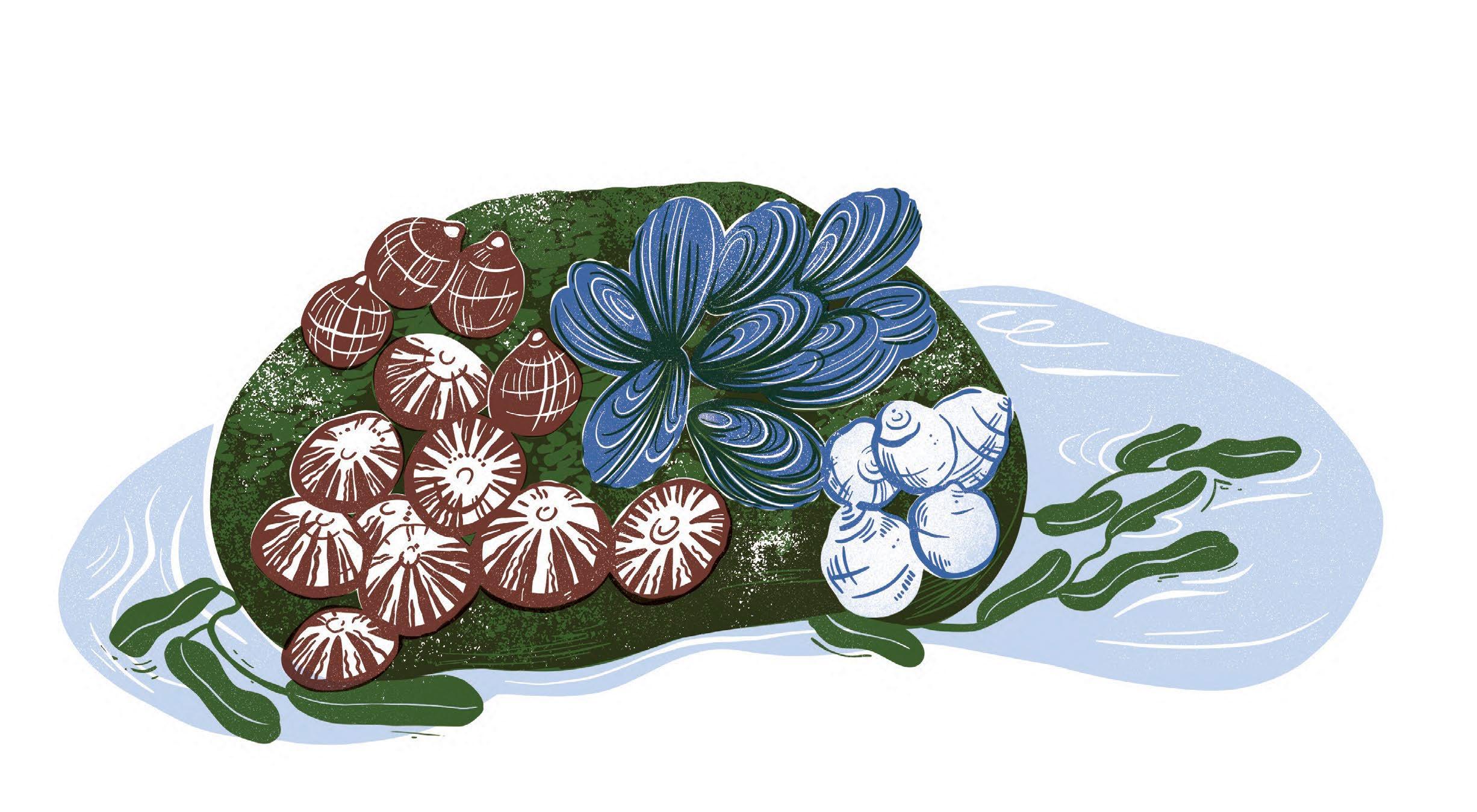
I O N
The low tide peels back the sea, revealing crinkles in the beach beneath. Craters between boulders cradle water, and these rock pools are a maritime world in miniature. It’s easy to dismiss those who live in calcium carbonate homes as slow and sedate, but these shellfish are far from mundane. As mighty as mountains, they cling onto the rockface with a steadfast, muscular foot.
Sheltering beneath peak-shaped shells are limpets. When exposed to air, they don’t move. Thanks to the strongest tongue in the animal kingdom, they’ve scraped a ‘home scar’ into the boulder, creating a watertight seal to keep them alive when the tide is out. The force of the waves dictates how tall their conical castles grow.
Periwinkles, meanwhile, tuck into crevices. Resembling tiny French horns, they’re the jewels of the rock pool. On sheltered shores, their colours zing in lemon and tangerine, but where the beach bears the full force of the ocean, shells are more subtle in hues of pink, peat and peach. No one knows exactly why these kaleidoscopic variations occur, but it’s thought to be influenced by water temperature, diet, and the presence of predators. Ropes of mussels hang on sticky byssus threads entwined among stems of bladderwrack. These kidneys of the sea are bio-indicators of water quality, responding immediately to pollutants by closing their hinged bivalve shells. As filter feeders, they sift not only nutrients, but
also microplastics and pesticides, which scientists monitor to determine the health of the ocean. While people frequently harvest mussels to eat, they’re also a favourite dish for carnivorous dog whelks.
With a drill-shaped tongue, dog whelks bore holes into the shells of their prey, injecting an enzyme to break down their food into a liquid soup, sucking it up like a milkshake through a straw. But mussels are not as helpless as they might appear; they fight back, tying the predator in knots, imprisoning it. And if you baulk at the thought of a ferocious snail, wait until you hear about their offspring. These pointed, cream-coloured molluscs lay clouds of eggs which resemble a wasp’s nest. Upon hatching, the juveniles begin to devour their nearest neighbours – these cannibals don’t stop until all emerging embryos have been eaten. It’s a dog-whelkeat-dog-whelk world out there!
Submerged beneath stones are the tiniest of our sea snails: cowries. Their shells are ridged, reminiscent of a fingerprint. Once the creature has died and rests upside down on the strandline, its toothy grin is like a smile in the sand. In Celtic folklore, carrying one in your pocket is said to bring good fortune, while picking up three will help you find your way home in the fog.
As the tide rolls back in, rock pools become one with the open ocean again. And the marine molluscs continue their exciting lives out of sight for a while.
SPENDING TIME AT HOME COOKING AND BAKING CAN BE A FORM OF SELF CARE. LOTTIE STOREY INVITES US OVER TO FEED OUR SENSES AND PICK A DISH OR TWO THAT BRING US PLEASURE
Photography: KYM GRIMSHAW
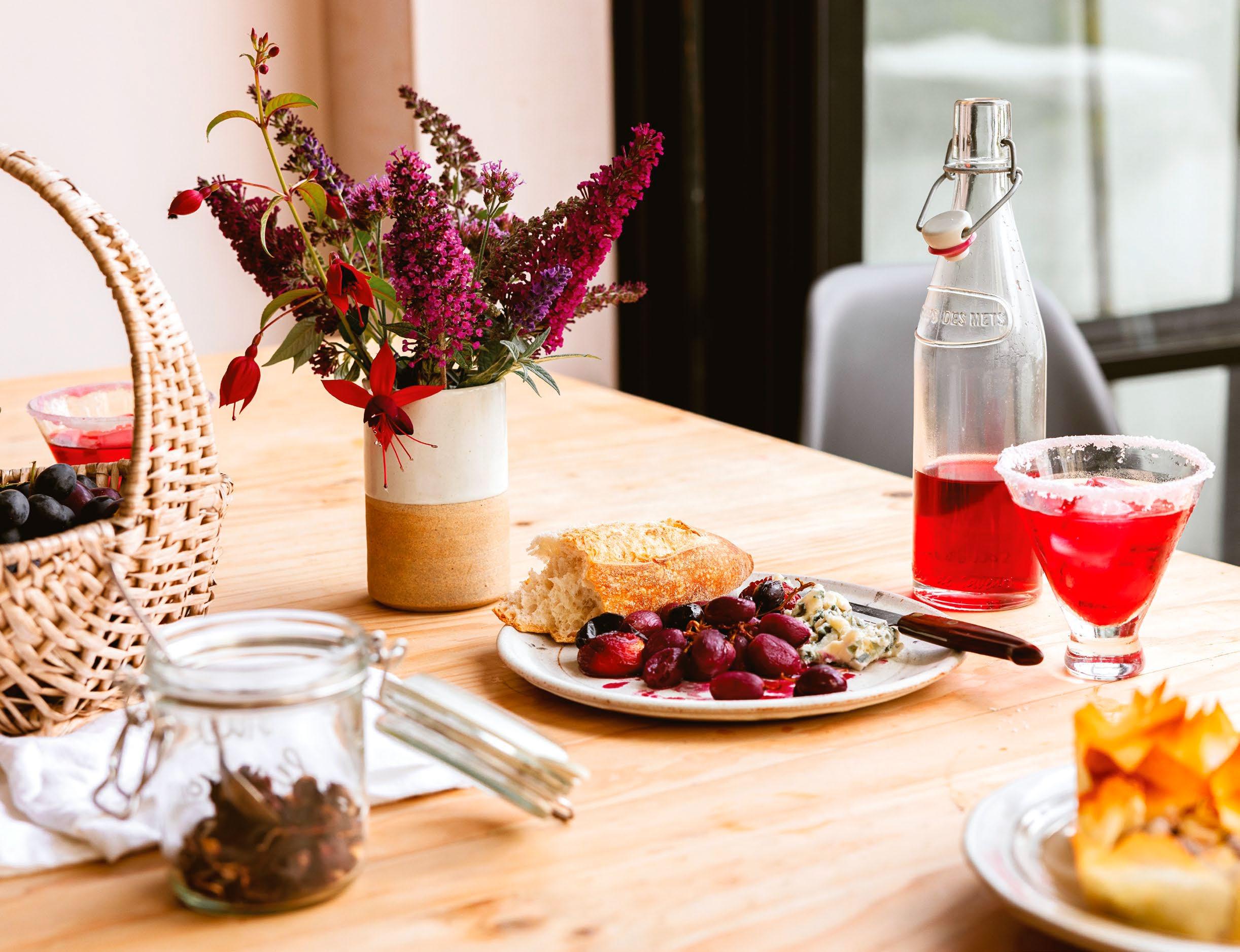

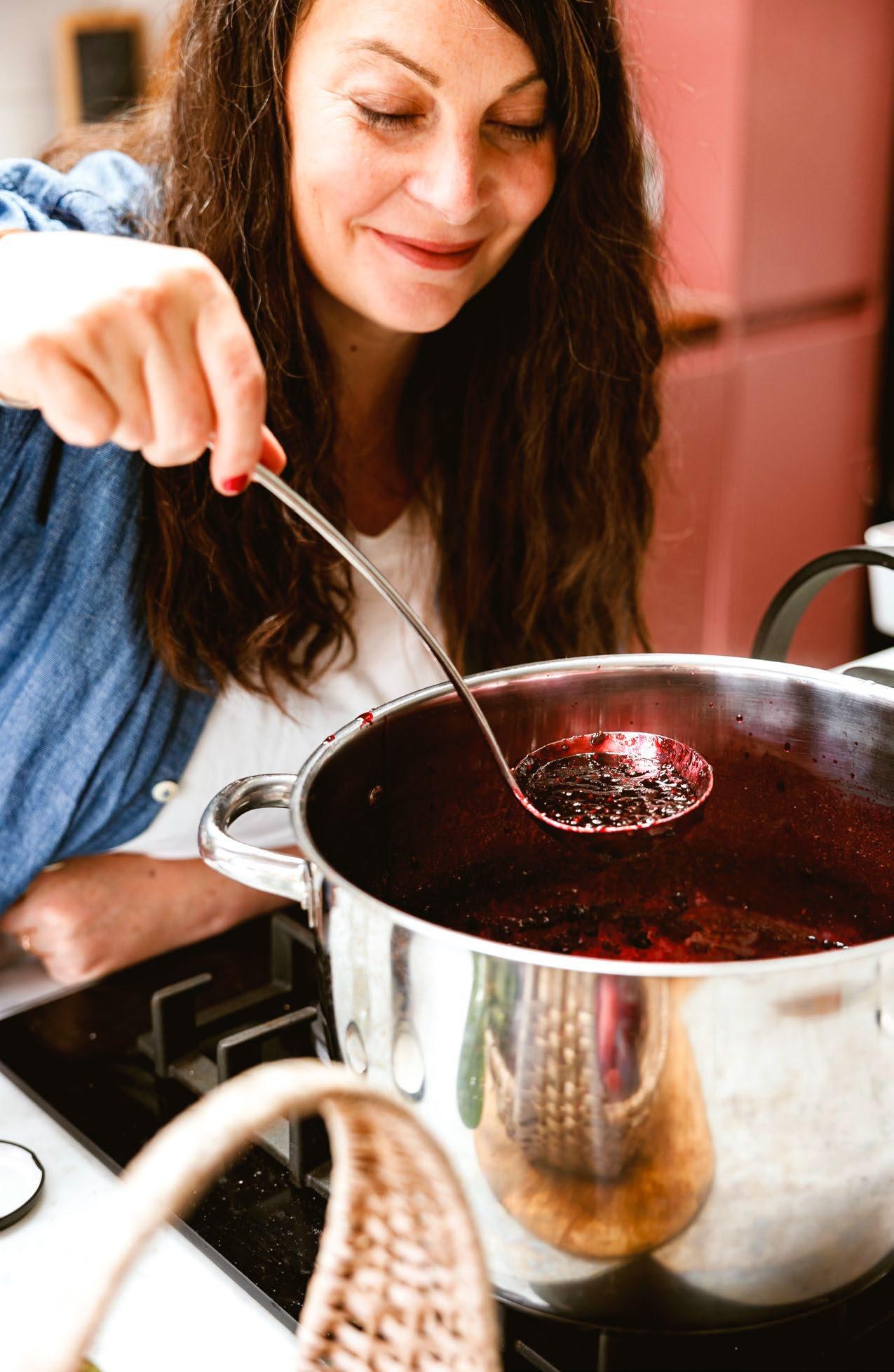
The kitchen isn’t always a place of calm and serenity, as we race to get dinner on the table. But if we try taking things slower now and again and lean into its sensory pleasures, we benefit from its inherently calming activities. The warmth of the oven, the scent of something on the stove and the soothing acts of stirring slowly or kneading and shaping are to be savoured, if we take the time to let them ground us.
GIVE A FIG
August feels like a transition month – out of the dog days, when the heat’s still intense, and towards the mellow days of early autumn. Blackberries may be the biggest clue that a new season is incoming, but figs are my favourite last-gasp-of-summer crop. With their suncream scent and giant leaves, they provide freshness in an increasingly crisp and dry garden. Combine the fruits with filo and goat’s cheese for a starter, but don’t discard the leaves – blackberry and fig leaf jam is a way to keep hold of August in the colder months. Anyone with a glut of plums may be desperate for new ways to use them – try roasting with red grapes and adding to blue cheese on toast. The colours alone are delicious, as is the shade of a hot pink hibiscus margarita.
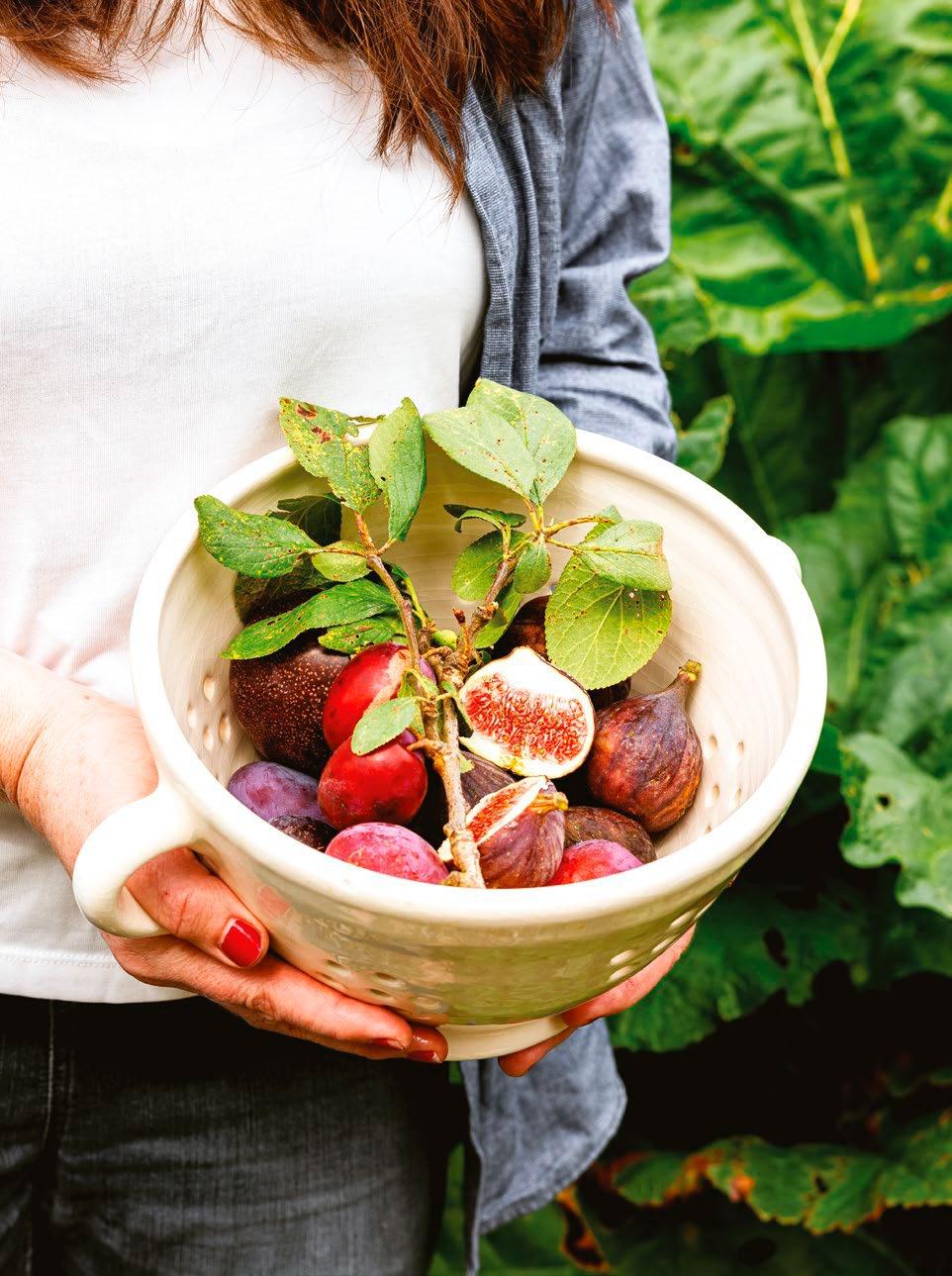

A CLEVER SHIFT IN THE WAY THEY WORK LETS THIS COUPLE SPEND HALF THE YEAR SOAKING UP THE PLEASURES OF A TRADITIONAL-STYLE HOUSE IN BALI
